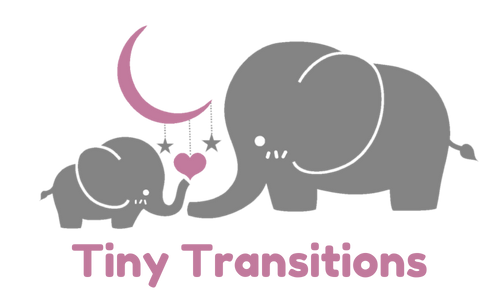Understanding the 17 Month Sleep Regression
As a parent, you may have heard about the infamous 17 month sleep regression. While it’s not officially recognized in developmental terms, many families find themselves facing sleep disruptions around this time. These challenges are often linked to significant developmental milestones that toddlers experience between 18 and 24 months. Let’s dive into what this regression looks like, why it happens, and how you can navigate it with confidence.
- What is the 17 Month Sleep Regression?
- Common Causes of Sleep Disruptions
- How Long Will It Last?
- Effective Strategies for Managing Sleep Regressions
What is the 17 Month Sleep Regression?
The term “17 month sleep regression” may not be found in textbooks, but it resonates with many parents. During this stage, toddlers are undergoing intense developmental changes. They’re expanding their vocabulary, learning to walk, and exploring their independence, all of which can lead to sleep disruptions. It’s a time when your little one is growing, and sometimes that growth comes with a few sleepless nights.
Common Causes of Sleep Disruptions
Understanding the causes of sleep disruptions can help you feel more equipped to handle them. Here are the main culprits:
- Developmental Leaps: As toddlers master new skills, their brains are buzzing with activity, making it harder for them to settle down at night.
- Separation Anxiety: Around this age, many toddlers experience a peak in separation anxiety. They may become more clingy and fearful of being away from you, which can lead to nighttime wake-ups.
- Nap Transitions: If your toddler is ready to transition from two naps to one, this can cause temporary sleep disruptions as their bodies adjust to the new schedule.
How Long Will It Last?
Sleep regressions can feel never-ending, but they typically last between 2 to 6 weeks. However, the impact may vary from night to night. Some nights may be better than others, with peaks and troughs in sleep quality. Remember, this phase is temporary, and with the right strategies, you can help your little one through it.
Effective Strategies for Managing Sleep Regressions
So, how can you navigate this challenging time? Here are some practical tips:
- Consistency is Key: Maintain a consistent sleep routine. Avoid making major changes to your toddler’s sleep schedule during a regression, as this can prolong the issue.
- Be Adaptable: Be prepared to adapt to your toddler’s changing sleep needs while also providing the independence they crave. Flexibility can make a world of difference.
- Seek Support: Consider utilizing personalized sleep coaching programs, like those offered by Tiny Transitions. Our comprehensive assessments and tailored sleep programs can help establish healthy sleep habits and provide ongoing support.
Conclusion
While the 17 month sleep regression can feel overwhelming, it’s essential to remember that it’s a normal part of your toddler’s development. By understanding the causes and implementing effective strategies, you can help your little one navigate this phase with greater ease.
- Sleep disruptions around 17 months are common and often linked to developmental milestones.
- Key causes include developmental leaps, separation anxiety, and nap transitions.
- Sleep regressions typically last 2 to 6 weeks, with fluctuations in sleep quality.
- Consistency, adaptability, and support are crucial for managing sleep challenges.
Ready to tackle the 17 month sleep regression? Contact Tiny Transitions today for personalized sleep consulting tailored to your family’s unique needs.
For more tips on overcoming sleep regressions, check out our Beating the 18 Month Sleep Regression blog post.



